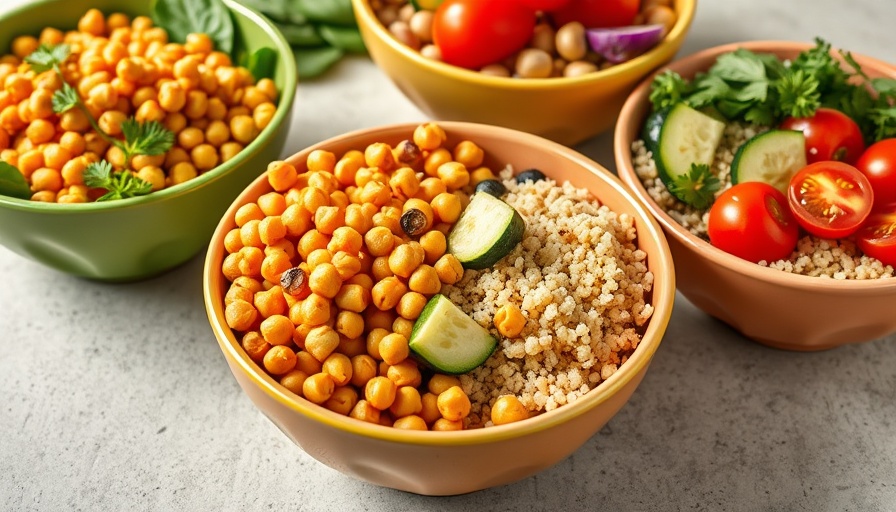
Why are we losing our hair?
Look around. By age 50, nearly half of us experience hair loss. Genetics plays a significant role, accounting for around 80% of why some individuals receive the curse of thinning locks while others maintain a luscious mane. Led by hormonal changes and stress, our genetic coding lights the fuse on hair loss. Twin studies tell us that even identical twins can experience vastly different hair outcomes based on lifestyle choices. It’s not just about the genes; it’s about how those genes are influenced.
Stress and smoking: the unsung villains
Let’s get straight to the point: stress and tobacco are not doing you any favors. Increased stress can accelerate hair loss. Studies have shown that chronic stress impacts blood circulation, and when combined with harmful habits like smoking, it can wreak havoc on our follicles. The damaging compounds in cigarette smoke? They harm the DNA in hair follicles and lead to microvascular poisoning. Forget the myth about how often you brush your hair; these culprits are much more insidious.
How diet factors into hair health
Now, let’s tackle the elephant in the room: what we eat tremendously affects our hair. Junk food is not just a weight concern; it’s bad for your hair, too. Epidemiological studies show a stark link between poor diets high in processed foods and increased instances of baldness. On the other hand, a diet rich in fresh produce, particularly vegetables and herbs, shows promise in mitigating loss. Research shows that men who regularly consume soy milk have as much as a 62% reduction in severe hair loss. That’s not just a statistic; it’s a wake-up call to reconsider what’s on your plate.
Smart choices for regrowth
To combat thinning hair and promote regrowth, it’s time we made some smart dietary choices. Certain foods can be our allies, containing compounds that promote hair growth. Capsaicin, found in jalapeños, and isoflavones in soy have been linked to increased hair regrowth. Just think, a quarter of a jalapeño a day could help fortify your hair. It’s not just fairy-tale magic; scientific studies back it up.
The mercury connection
Don’t overlook mercury—yes, it can affect your hair health. Studies indicate that overexposure to mercury, particularly from consuming too much tuna, can lead to elevated levels in our systems, which might be reflected in our hairline. Take for instance a woman who raised her mercury count with a high seafood diet. When she ceased her tuna fixation, her mercury levels dropped, leading to vibrant hair regrowth within months. The lesson here? What we put into our bodies doesn't just affect weight; it can dictate hair vitality too.
Living clean: a roadmap for healthy hair
What’s the takeaway? Living clean isn't merely a health trend; it could be the lifeline for your hair. Managing stress, saying no to cigarettes, and being mindful of your diet doesn’t just benefit your appearance but your mental well-being. Yes, hair loss can feel overwhelming, but being educated and proactive can lead you toward healthier hair and a hopeful outlook.
The emotional cost of hair loss
Hair loss is more than a cosmetic issue—it can shake our self-confidence and identity. While many brush it off as purely aesthetic, the emotional toll it takes on individuals shouldn't be underestimated. It’s essential to acknowledge these feelings and seek out not just physical remedies but also emotional support, whether through friends, family, or professional advice.
 Add Row
Add Row  Add
Add 




Write A Comment